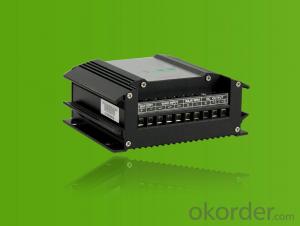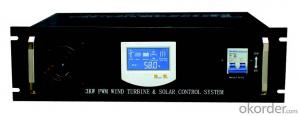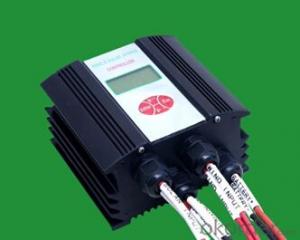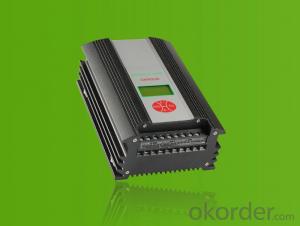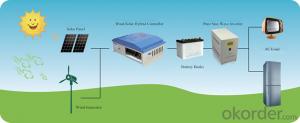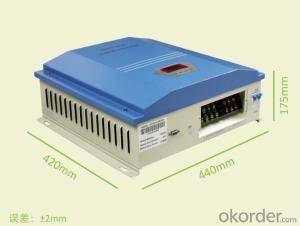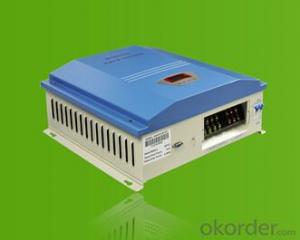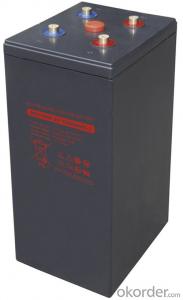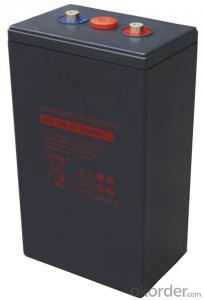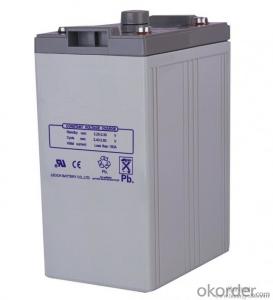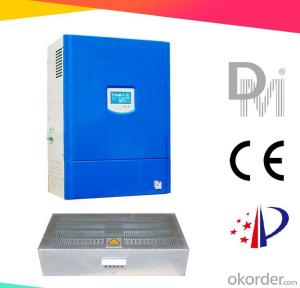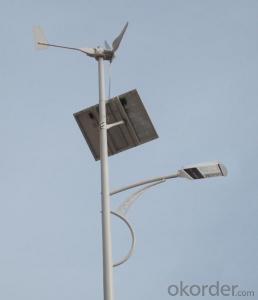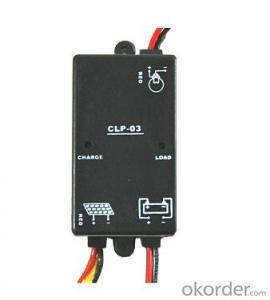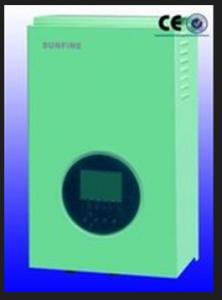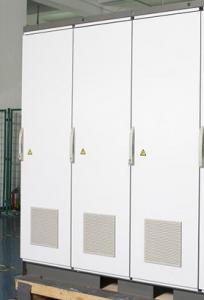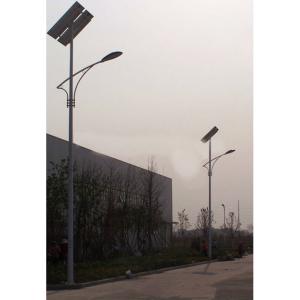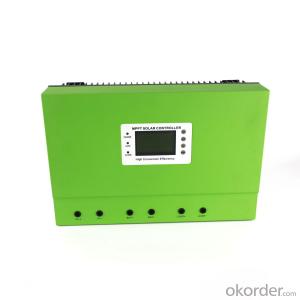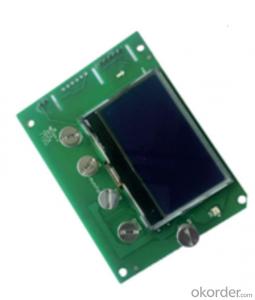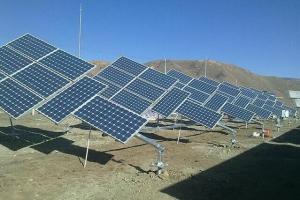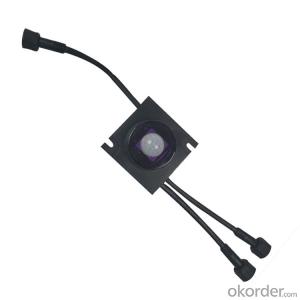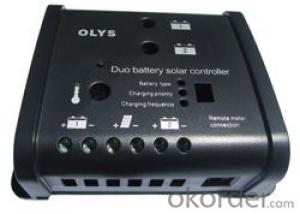Wind Solar Hybrid Controller Manual
Wind Solar Hybrid Controller Manual Related Searches
Solar Panel With Controller Best Solar Off Grid Inverter Best Solar Inverter Off Grid Best Solar Hybrid Inverter Solar Panel Off Grid Inverter Hybrid Inverter Solar System Solar Hybrid Inverter System Solar Panel Hybrid Inverter Solar Hybrid Inverter On Grid On Grid Hybrid Solar InverterHot Searches
China Hybrid Solar Inverter Solar Inverter Hybrid Price Hybrid Solar Inverter Price Solar Inverter Hybrid 10kw Solar Inverter Hybrid Tesla Hybrid Solar Inverter Solar Charge Controller Specification How Much Do Street Lights Cost China Hybrid Solar Inverter Solar Inverter Hybrid Price Hybrid Solar Inverter Price Solar Inverter Hybrid 10kw Solar Inverter Hybrid Tesla Hybrid Solar Inverter China Hybrid Solar Inverter Solar Inverter Off Grid Price Off Grid Solar Inverter Price Solar Inverter Hybrid Price Hybrid Solar Inverter Price Solar Inverter Off Grid 1000wWind Solar Hybrid Controller Manual Supplier & Manufacturer from China
Okorder.com is a professional Wind Solar Hybrid Controller Manual supplier & manufacturer, offers integrated one-stop services including real-time quoting and online cargo tracking. We are funded by CNBM Group, a Fortune 500 enterprise and the largest Wind Solar Hybrid Controller Manual firm in China.Hot Products
FAQ
- Solar controller 10a, a represents what
- A (Ampere) is the basic unit of current expressed in the International System of Units, referred to as Ann, Symbol A. 10A refers to the controller can control the output device maximum current of 10A, select the load device when the device current can not exceed this value
- To determine the maximum load output voltage for a solar controller in a grid-tied system, you need to consider a few key factors. Firstly, you should understand the specifications and limitations of your solar controller. Check the technical documentation or user manual provided by the manufacturer. Look for the maximum load output voltage rating mentioned in the specifications. This value represents the highest voltage that the controller can safely provide to the load. Next, you need to consider the voltage requirements of the load itself. Determine the voltage range or specific voltage rating that the load can handle. This could be mentioned in the load's technical specifications or user manual. Ensure that the maximum load output voltage of the solar controller falls within the acceptable range for your load. Additionally, it is important to consider the overall system design and configuration. If you have multiple solar panels connected in series, their combined voltage will directly impact the maximum load output voltage of the solar controller. Therefore, calculate the total voltage output of your solar panels and ensure it is within the acceptable limit of your solar controller. Lastly, it is crucial to comply with any local regulations or codes related to grid-tied systems. Some regions have specific guidelines regarding maximum voltage limits for safety reasons. Make sure to consult these regulations to ensure the maximum load output voltage of your solar controller adheres to the local requirements. By taking into account the solar controller's specifications, load voltage requirements, system configuration, and local regulations, you can effectively determine the maximum load output voltage for a solar controller in a grid-tied system.
- To calculate the maximum load output current for a solar controller in a grid-tied system, you need to consider a few factors. First, you need to determine the maximum power output of your solar panels. This information is usually provided by the manufacturer and can be found in the panel specifications. Let's assume your solar panels have a maximum power output of 300 watts. Next, you need to determine the voltage of your grid-tied system. This is typically the standard voltage of your country's electrical grid, such as 120 volts or 240 volts. To calculate the maximum load output current, you can use the formula: Maximum Load Output Current = Maximum Power Output / Voltage For example, if your solar panels have a maximum power output of 300 watts and your grid-tied system operates at a voltage of 240 volts, the calculation would be: Maximum Load Output Current = 300 watts / 240 volts = 1.25 amps Therefore, the maximum load output current for your solar controller in a grid-tied system would be 1.25 amps. It's important to note that this calculation assumes ideal conditions and does not take into account any losses or inefficiencies in the system. It's always recommended to consult the manufacturer's specifications and guidelines for your specific solar controller to ensure accurate calculations and safe operation.
- Yes, a solar controller can be used with solar panel tracking systems. A solar controller is responsible for regulating the voltage and current flowing between the solar panels and the battery or load. By using a solar controller, the solar panel tracking system can effectively manage and optimize the power output from the solar panels, ensuring efficient charging and preventing overcharging of the battery.
- A solar controller prevents overcharging by monitoring the battery voltage and adjusting the charging current accordingly. When the battery reaches its full capacity, the solar controller reduces or stops the charging current to prevent overcharging, which can damage the battery and reduce its lifespan.
- A solar controller handles battery balancing by monitoring the charge level of individual batteries in a battery bank and ensuring that each battery receives an equal amount of charge. It achieves this by regulating the charging current and voltage to prevent overcharging or undercharging of any individual battery. This helps to prolong the battery life and optimize the overall performance of the battery bank.
- Yes, a solar controller can be used with a solar-powered charging station for electronic devices. A solar controller helps regulate the voltage and current from the solar panels to ensure efficient charging and protect the connected devices. It prevents overcharging and optimizes the charging process, making it compatible and safe for use with a solar-powered charging station.
